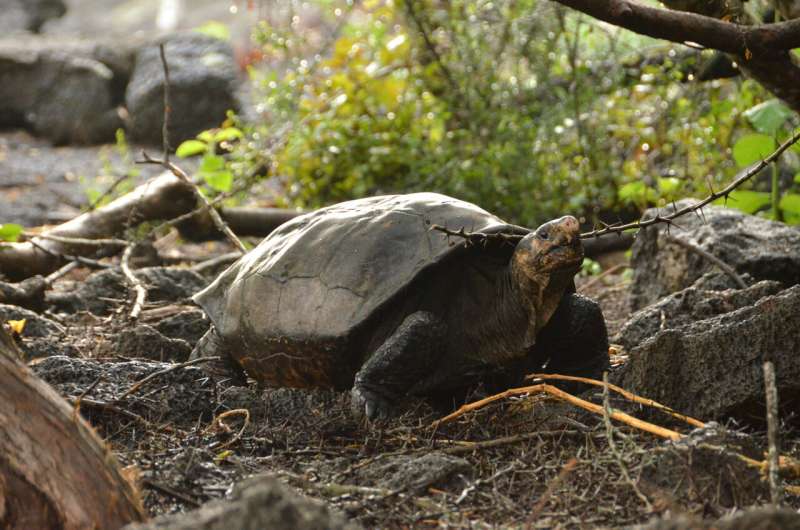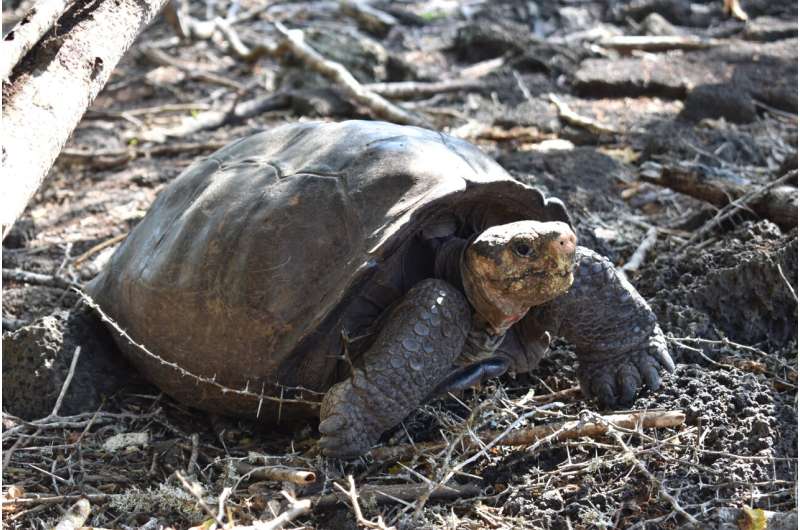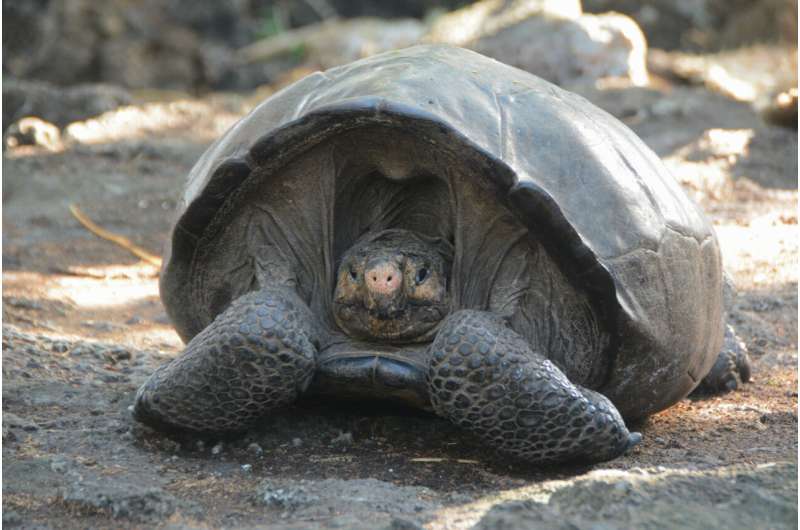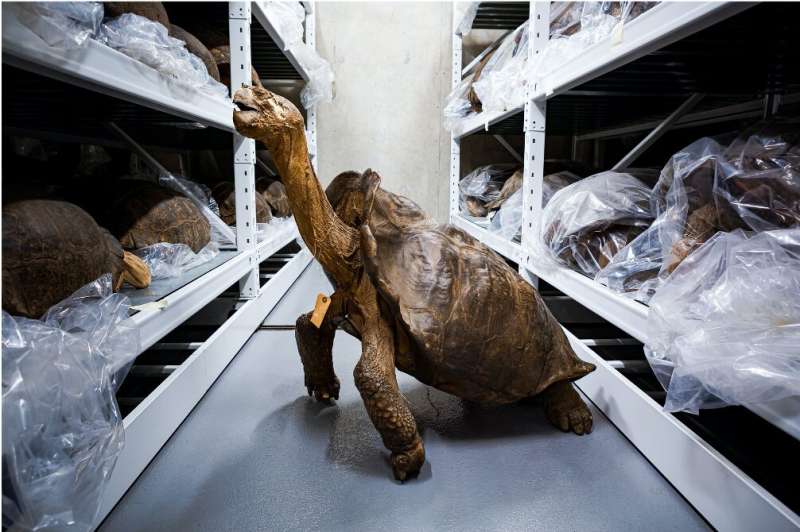5 STAR U-G-A
Legend
Acres of Toxic Chemicals and Rusting Cars Becomes National Park After Amazing Transformation
By Andy Corbley
May 24, 2022
https://www.goodnewsnetwork.org/acr...rrels-and-rusting-cars-becomes-national-park/
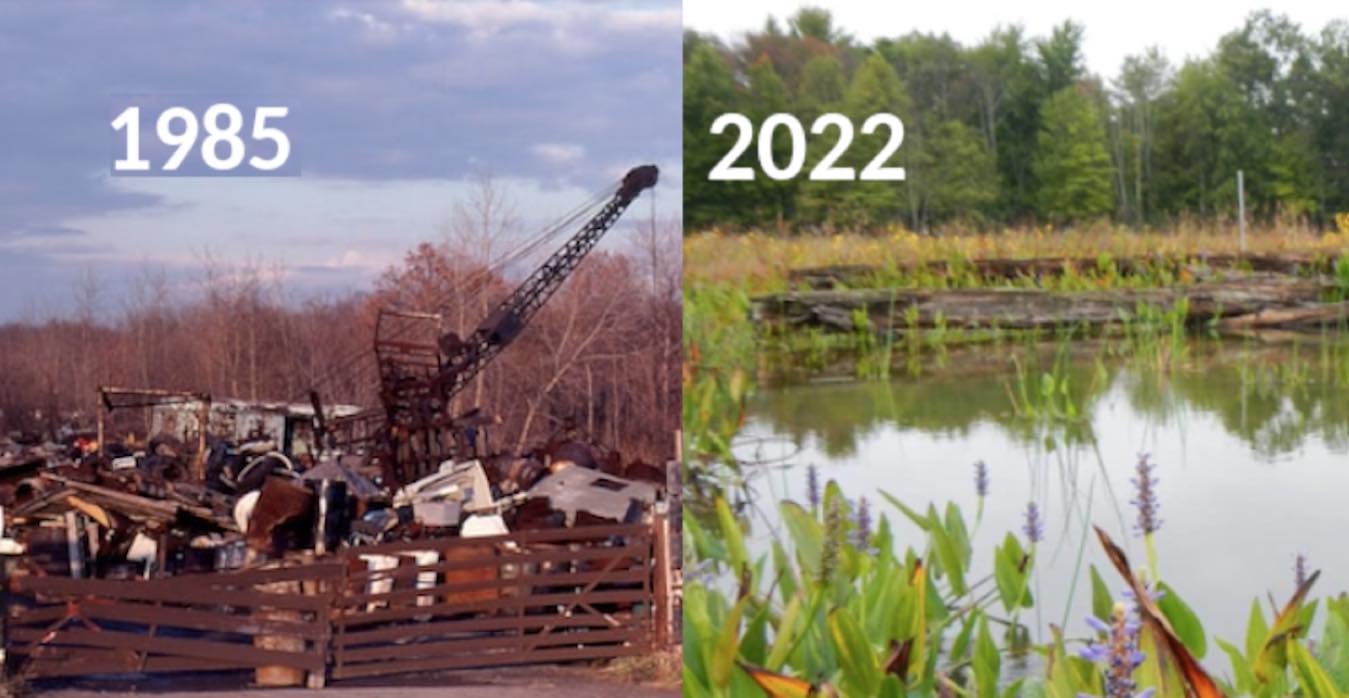
The Krejci dump before and after in Cuyahoga Valley – Chris Davis / National Park Service
By Andy Corbley
May 24, 2022
https://www.goodnewsnetwork.org/acr...rrels-and-rusting-cars-becomes-national-park/

The Krejci dump before and after in Cuyahoga Valley – Chris Davis / National Park Service
When President Gerald Ford signed a bill creating Cuyahoga National Recreation Area in Ohio in 1974, the boundaries of the site deliberately included a well-known local garbage dump, assuming it could be easily cleaned.
When the National Park Service (NPS) discovered it was a nearly-unmanageable chemical wasteland where even the water and soil were flammable, a decades-long cleanup effort converted it, at the polluters’ expense no less, into a vibrant marsh ecosystem with some of the highest biodiversity in the region.
Where once thousands of rusted barrels oozed out congealed industrial slime, and a soup of pesticides, arsenic, paint, and heavy metals ran along the ground among discarded tires, now lies tranquil forested ponds full of fish, insects, and amphibians. Black-eyed Susans, New England asters, swamp milkweed, and foxglove, visited by birds, bees, and butterflies all grow along the borders of this now thriving ecosystem so clean that NPS staff remark you could eat the very dirt.
“This was a toxic wasteland only a few decades ago. To find this diversity of species there today is remarkable,” said Ecologist for Cuyahoga Valley National Park, Chris Davis.
The story begins when the Krejci (krech-ee) family, who opened up a dump along a river between Akron and Cleveland in 1940. In a time before municipal waste management, people were responsible for their own waste disposal, and Krejci innocently offered them an out-of-the-way place to do it.
As the years went by, the 200-acre site, with 50 acres meant for landfilling, began accepting heavier and heavier waste, until many of the Rust Belt’s biggest manufacturers began relying on Krejci for disposal of their most harmful chemicals.
Getting stuck with the bill
As the years passed, the Cuyahoga area became a National Recreation Area, and eventually a national park—the only one in the Rust Belt states. However visitors, began getting sick, and when NPS members finally got wind of the severity of the situation at the dump, a 25-year cleanup process began.
To lead the cleanup, NPS needed a lot of cash, so they nominated Shawn Mulligan, a former Assistant Attorney General for Colorado, as an attorney representing the NPS. Mulligan would pursue companies like Chevron, Ford, Federal Metal Co., and Chrysler for almost $50 million in damages to pay for the cleanup.
“It was unfair to the American public to bear all these costs,” Mulligan told the NPS magazine. “The National Park Service should not contain sacrifice zones. Every parcel of property is held in the public trust, and we have a responsibility to do everything we can to protect and preserve that resource.
The case dragged on, and few of the EPA legal staff believed it would yield a positive result for them. Eventually, as the NPS reported in a 2016 magazine issue, Ford quietly took the NPS legal team aside and decided on a solution: let the Motor City mechanics pay for and organize the whole cleanup.
The cleanup begins
NPS nominated Veronica Dickerson, the environmental protection and safety manager for Cuyahoga Valley National Park, to help oversee the project.
“To get assigned to it, you’re like a little kid getting a Christmas present,” Dickerson told ABC news Cleveland, last year. “It was amazing to… start to work on this project and see it through completion.”
Burying much of the toxic waste over the years created a serious hazard, as the toxins were able to spread through the water table and soil to other areas beyond where the fencing ended.
With offices and resources close at hand, Ford hired contractors to begin excavating the contaminated soils, but every inch further dug revealed more sludge—and even more dangerous carcinogens like polychlorinated biphenyls, or polyaromatic hydrocarbons.
The rusted cars and barrels, the tires, and all the other waste and discarded machinery was cleared out from 2002 to 2012, along with 400,000 tons of contaminated dirt—equivalent to 20 feet of topsoil.
Once no more barrels were to be found sticking out of the ground, and samples of the soil were clear of containments, the ground was contoured to match the surrounding ecosystem, and several wetlands were built up on the 50-acre dumping site.
Krejci dump today
Today, indigenous plants have been restored, and natural wetlands and all the plant and animal species they support are thriving.
Park visitors who experience the full-summer landscape find themselves soaking up the vista of native wildflowers and grasses as they watch turtles sun themselves on floating logs and listen to birds sing.
Ford have been involved the whole way, paying their debt to society to a tune of $29 million, and continue ensuring that the grasses and vegetation grow undisturbed, and that soil erosion is prevented.
“[The Krejci site] is now as clean as any natural area in the park,” Dickerson says. That’s something remarkable, considering what it was in 1985.”
“You can categorize wetlands and these are right up there with a three and a four (the top rating for wetlands). They can sustain high levels of benthic communities and critters and turtles. They can sustain life here. It’s a vibrant resource for them.”
Upvote
0



